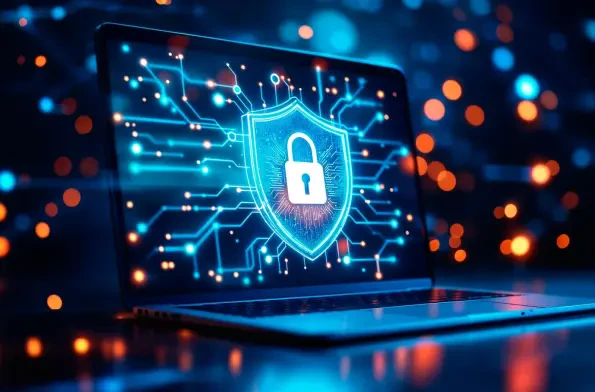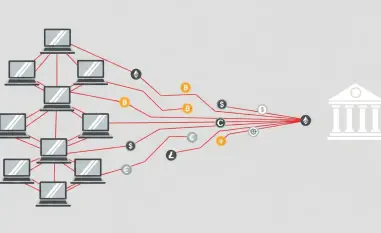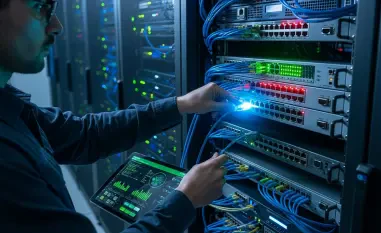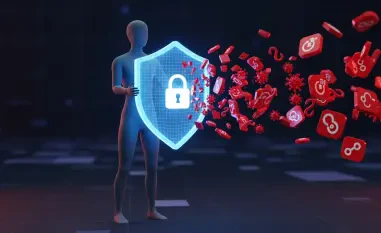With a disturbing trend of ransomware attacks plaguing U.S. educational institutions, there is mounting concern regarding the readiness of schools to thwart these assaults. Recently, a significant ransomware breach in a Texas school district compromised sensitive personal data, underscoring the escalating vulnerability within school systems. This roundup seeks to explore expert opinions and recommendations on the growing menace of ransomware threats in schools, offering insights into the current cybersecurity landscape and strategies to fortify defenses.
Alarming Increase in Ransomware Incidents in Schools
Recent data reveals alarming statistics, with educational institutions increasingly targeted by cybercriminals seeking ransom in exchange for access control and data protection. The breach in Texas reveals just how serious these threats have become, with critical personal information of tens of thousands of individuals jeopardized. Comparitech’s report highlights 79 recorded ransomware attacks in 2024, impacting millions of data records. Experts argue that schools must prioritize their cybersecurity infrastructure to prevent further vulnerabilities.
These cybersecurity breaches in education result from increased reliance on digital platforms and inadequate protective measures. Schools struggle with outdated systems that leave them exposed to sophisticated attacks. Analysts acknowledge that while many institutions have begun addressing these threats, the level of preparedness varies significantly, indicative of a broader systemic challenge that can’t be ignored.
Growing Sophistication of Cybercriminal Tactics
Cybercriminals have advanced in tactics, employing sophisticated methods to penetrate educational infrastructures. Security experts emphasize the evolving nature of these threats, where ransomware gangs, like Fog, exploit development environments and attack unsuspecting networks. With diverse strategies employed by these perpetrators, the issue of information security in educational setups presents a bigger challenge than anticipated.
According to industry leaders, current security defenses within schools are often insufficient against such advanced techniques. The inherent difficulties in implementing robust cybersecurity measures contribute to a lack of readiness. There are lingering doubts about schools’ capacity to adapt swiftly, given budgetary constraints and limited technical expertise.
Analysis of Cybersecurity Protocols and Case Studies
Evaluating existing cybersecurity protocols reveals a mixed bag of success and failure in addressing ransomware threats. Schools vary in their preparedness, with some successfully repelling attacks while others succumb to ransom demands. Case studies from diverse regions offer enriched perspectives on these experiences, detailing both the triumphs and setbacks in securing data protection.
While investing in advanced cybersecurity measures poses risks, it equally offers promising opportunities. Strategic spending on technologies and systems that enhance defense mechanisms can significantly impact a school’s vulnerability status. However, the direction of these investments remains debatable among educational leaders, where cost-effectiveness and sustainability are points of contention.
Innovations in Cybersecurity Education and Geographical Impact
Cybersecurity education is evolving, with schools gradually incorporating awareness programs aimed at fostering a more informed student body. These educational endeavors need to intensify, emphasizing proactive engagement rather than passive participation. Innovations in cybersecurity are imperative to safeguard academic environments.
The impact of geography and finances further complicates cybersecurity strategies. Expert insights suggest that regions with limited access to funds or technological expertise lag in implementing effective security protocols. Rethinking conventional wisdom in this context could prove essential, challenging established beliefs and advocating for versatile approaches that address these disparities.
Comparing Public and Private School Preparedness
Differences between public and private schools in ransomware preparedness are apparent. Public institutions often face distinct challenges due to restricted budgets and larger student populations, whereas private schools might navigate these issues differently with potentially more resources at their disposal.
Forecasts by cybersecurity experts provide insights into potential future ransomware threats, urging educational sectors to adapt to changing trends. Unique strategies adopted by other industries may offer valuable lessons for schools seeking to reinforce their defenses against attacks, making cross-sector collaboration worthwhile.
Recap and Recommendations for Enhancing Ransomware Resilience
An exploration into the current vulnerability of schools against ransomware threats highlights critical weaknesses requiring immediate attention. Certain immediate steps can be implemented to elevate ransomware resilience. Schools should integrate comprehensive security assessments, employee training programs, and implement robust data encryption protocols tailored to their unique needs.
Practical recommendations advise administrators to engage in strategic planning, ensuring cybersecurity becomes an integral part of institutional policies. Investing in a continuous upgrading process for defenses can greatly reduce exposure to these pervasive threats.
Reflections on Cybersecurity Maintenance in Educational Environments
Reflecting on cybersecurity’s importance for educational environments recognizes its role in maintaining integrity and trust. Without adequate protection, schools risk compromising essential data, threatening operational continuity. The need for advancement is apparent, encouraging proactive innovation in security technologies.
Previous complacency might appear costly if advancements in defense are neglected. Embracing continuous improvement ensures that institutions stay ahead in combating threats. Schools are urged to remain vigilant, stress the importance of integrated cybersecurity frameworks, and consider forecasting strategies tailored to their specific challenges.













